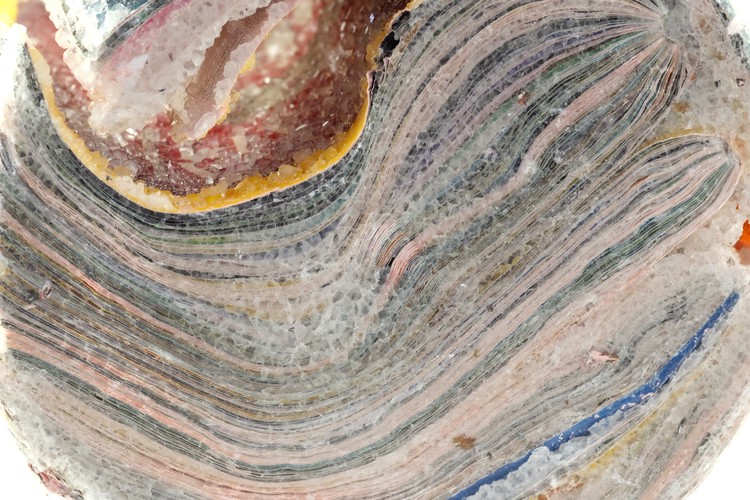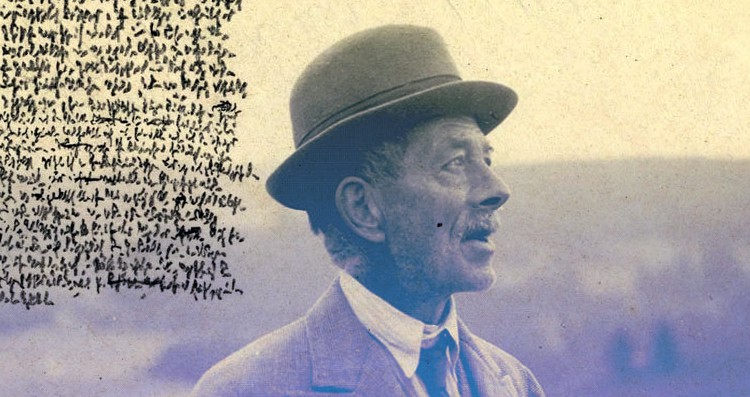Books & Culture
REVIEW: History of Cold Seasons by Joshua Harmon

History of Cold Seasons reads like William Faulkner wrote it after he moved north, read a bunch of surreal prose poetry, and then wrote straight through a New England winter. Joshua Harmon’s fiction — he’s also a poet and essayist — might even be called New England Gothic: His landscapes are sinister and dark, and the macabre functions as powerfully in Harmon’s northeast as it does in Faulkner’s deep south. In the spirit of the great Southern Gothic writers — Flannery O’Connor also comes to mind — the stories in Harmon’s History of Cold Season almost always have something deranged at their very core.
Take, for example, “The Burning House”, a story in which a child quietly notes evidence of an elderly woman — likely his babysitter’s mother — trapped in the attic at his babysitter’s house. He doesn’t mention the woman in the attic to anyone, and he returns to his babysitter’s every day after school. He remembers sitting in his babysitter’s kitchen, avoiding the dog-haired cookies, and watching cigarette smoke float through the air. He says, “Afternoons, always, were waiting for the sound of tires in Phyllis’s driveway, for the glow of headlights through Phyllis’s windows, for the sound of my mother’s voice at Phyllis’s door.” One cold winter night, the babysitter’s house burns down, and the story of the elderly mother — padlocked and trapped inside that attic — becomes a blip on the regional news cycle. Phyllis speeds off without a trace that night. The boy, on the other hand, remains in the same town, haunted by his memory of his babysitter and her mother, and unsettled by the ease with which the rest of the town forgets them. He says, “Our town was a town of closed doors, a town of curtained windows.”
“Rope” — the opening story of the collection, published here at Electric Literature’s Recommended Reading — is another great example of the twisted and gothic nature of the collection. In the story, two young sisters imagine that their older brother keeps a girl tied to a tree in the woods. This idea mostly seems to be a childhood flight of the imagination, except it’s conjured with such vivid and haunting detail that it feels real. In a terrifying manner, the imagined story does become real as the sisters accidentally bring a pair of boys into the woods with them to search for the tied girl. “A few feet away, Mindy stands against another tree,” the narrator says, “her hands also snared by her sides, and I pretend I cannot hear the things she is saying, the sounds she is making.”
Harmon’s stories also often demonstrate an experimental edge. “The Lighthouse Keeper”, for example, is constructed of dozens of nearly self-contained poetic vignettes, with titles like “Beachcombing”, “Ghost Stories”, and “The House In The Dunes.” Over the course of the story, an in-danger relationship between the lighthouse keeper and his lighthouse emerges, but the real joy of the piece lies in its close attention to the haunted language and imagery, evocative of a lonely lighthouse, “rising from the end of a narrow, rocky peninsula.”
The longest story in the collection — “The Passion of Asa Fitch” — is the most realist of the bunch, and it features an irritable elderly man living in the remote and snowy foothills of Massachusetts. This story demonstrates another move in Harmon’s repertoire: dark comedy. It finds joy in the absurdity of the world. Asa Fitch might be ailing and unpleasant, he might survive on family-size bags of potato chips and half-gallons of ice cream, but he also has an unexpected charm. The story finds its drive in Asa’s sexual pursuit of Marnie, the nurse who comes to check on him twice a week. Harmon writes that Asa, “…often considers wandering off into the woods on a cold night, alone save for a bottle of brandy, but always concludes that he would rather enjoy congress with a woman one last time…” In this funny, poignant, and appropriately claustrophobic story, Harmon conveys a physically ailing but cognitively sharp old man who’s raging against the dying light in all of his particular ways.
Reading History of Cold Seasons feels a bit like driving past remote and decrepit homes, wondering who lives there?, and then actually getting an answer. In the spirit of Faulkner and O’Connor, Harmon’s stories drill down to the spot where something’s rotten. They trace the manner in which people behave in twisted ways in response to a twisted world.

by Joshua Harmon










